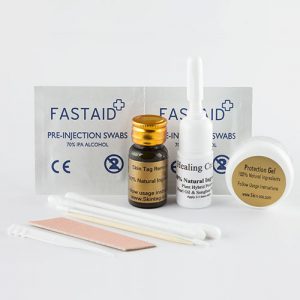Anyone can get skin tags on any part of the body. Though they pose no serious health risk and they are not contagious. It is also believed that obese people are more predisposed to skintags and when they have children the problems might also result in their kids which shows that there might be some genetic predisposition to the skin condition. Though anal skin tags are harmless, they can interfere with excretion processes especially when cleaning the affected part after excretion. Skin tags can grow in some places and cause discomfort, itching or even bleeding (most especially the anorectal region). When a skintag grows within this region then it becomes a candidate for surgical removal.
Diagnosis of anal skin tags could be a little harder especially when the fleshy skin has covered up the skin tag outgrowths. They could also indicate some form of deeper symptomatic rectal problems and they may also be mistaken for some HPV virus that results in genital warts. Anoscopy and tissue biopsy seems to be the best possible way through which a doctor can properly diagnose anal skin tags. Once the benign nature of the anal skin tags has been confirmed then the doctor have several options in removing them.
Surgical excision, electrocautery, cryosurgery and litigation are some of the most advanced treatments for anal skin tags. There are no medical explanations other than the fact that skin tags are caused by continuous friction between skin surfaces or between the skin and clothings. There are several other factors that can increase one’s chances of developing anal skin tags aside from chaffing and skin friction. Diabetes and obesity as well as pregnancy, crohn’s disease, gigantis and the HPV virus infection are some such factors.
Litigation is one of the most common ways to get rid of anal skin tags. It involves the use of a suture, thread or dental floss to cut the flow of blood supply to the affected body area, and the skin tags will eventually fall off. You can perform this with or without your doctor’s supervision. The predominant symptoms of skin tags development is that it breaks out in-between skin folds, and the tags becomes an outgrowth taking the colour of your skin most times. Each tag can grow from 1mm diameter up to around 5 cm in some cases and they can be a nuisance when they appear in places where your clothes do not cover.

